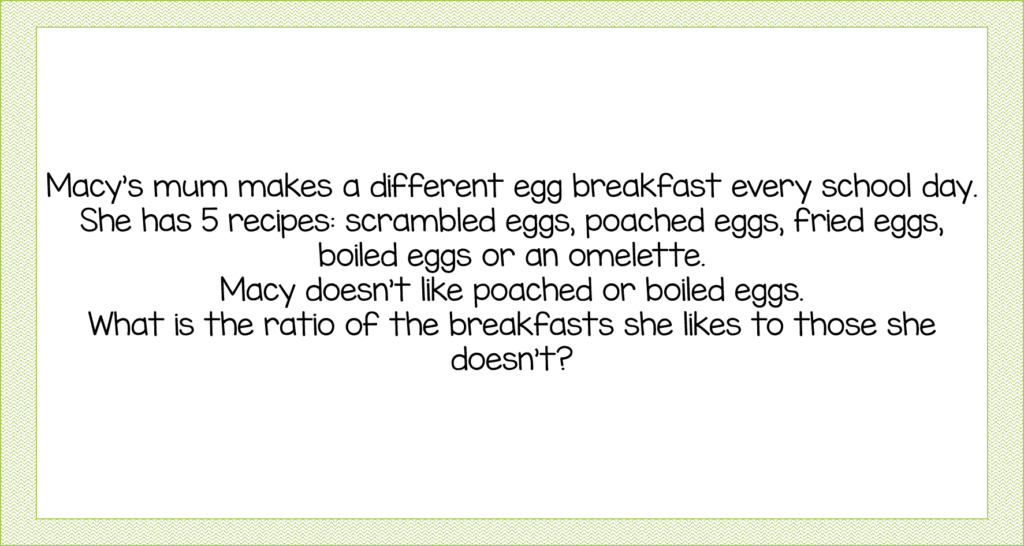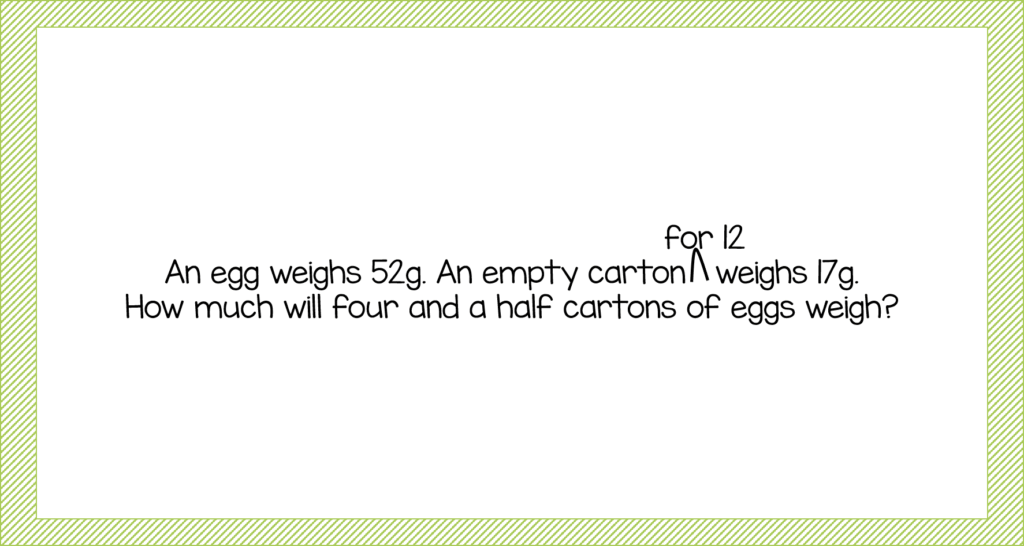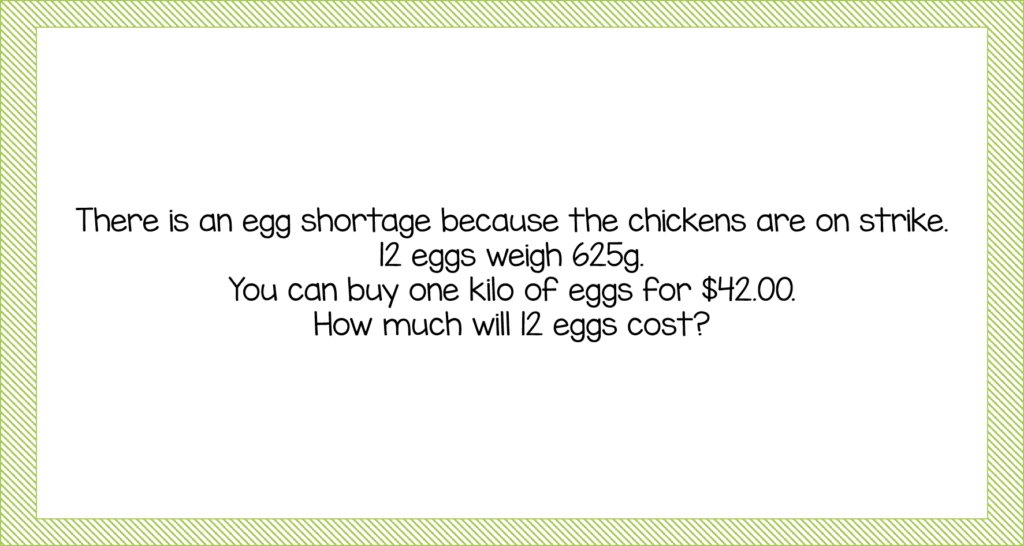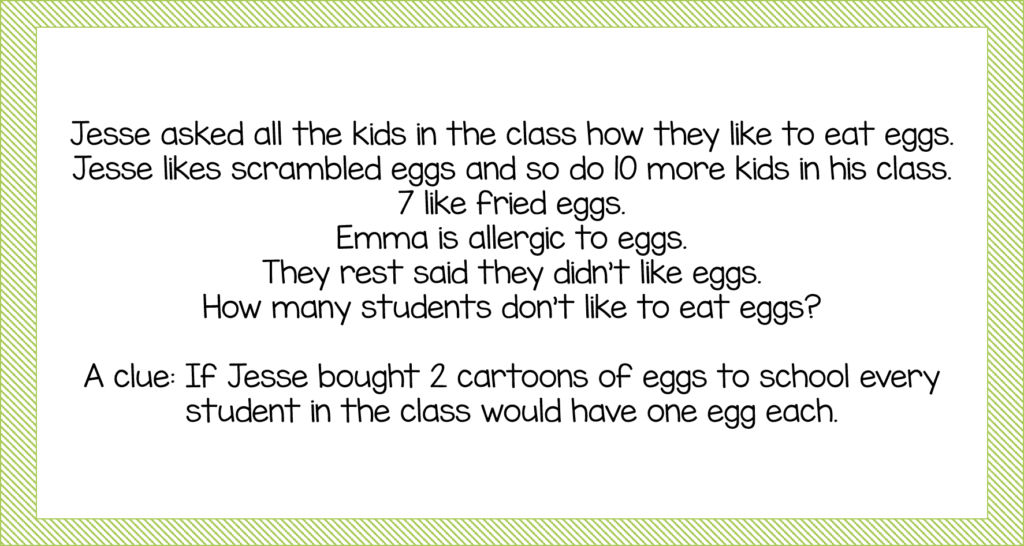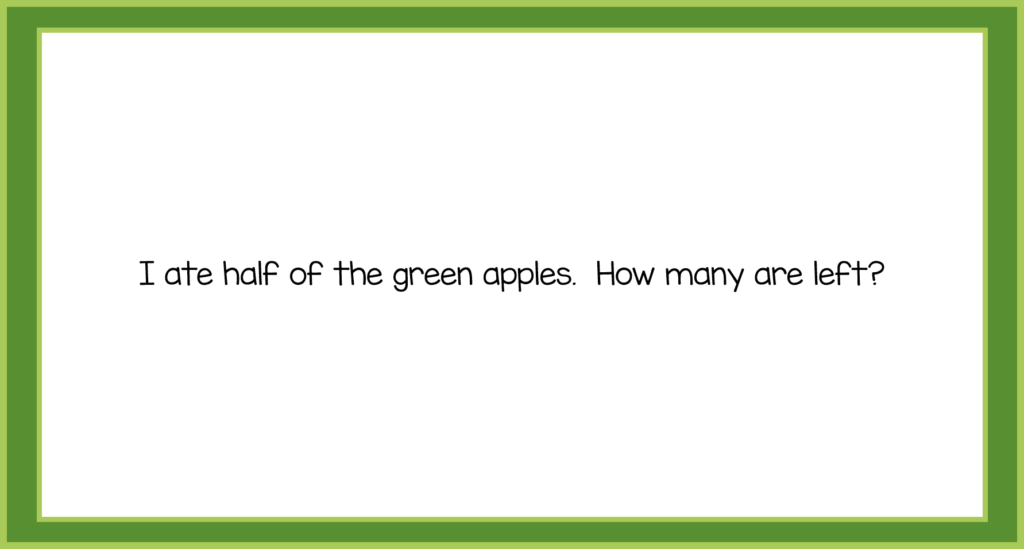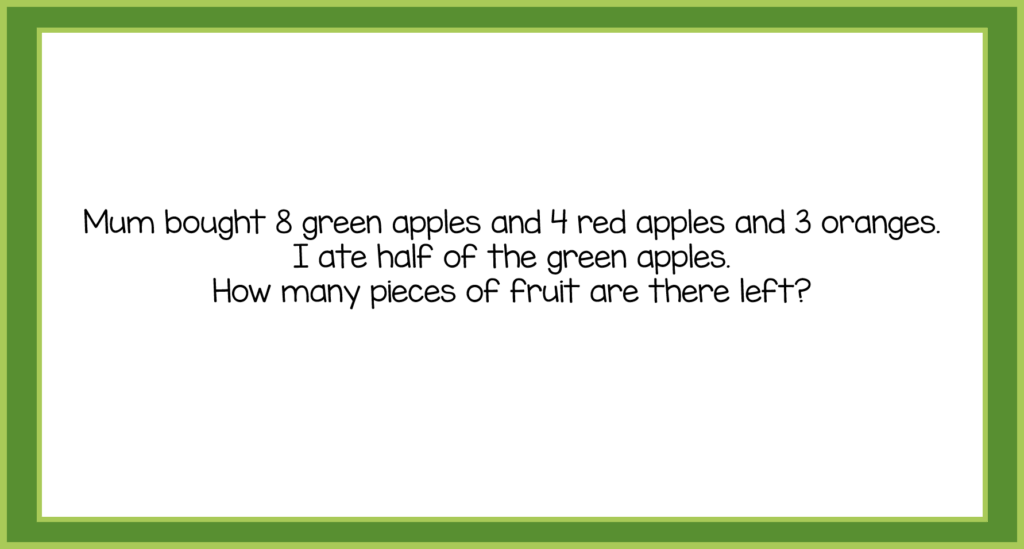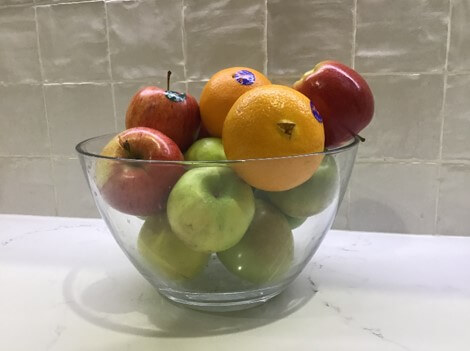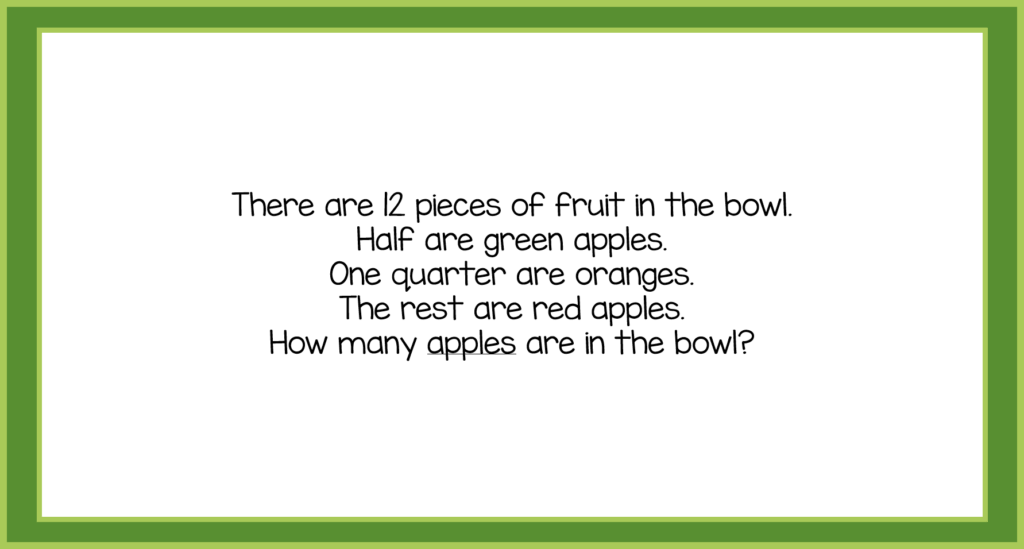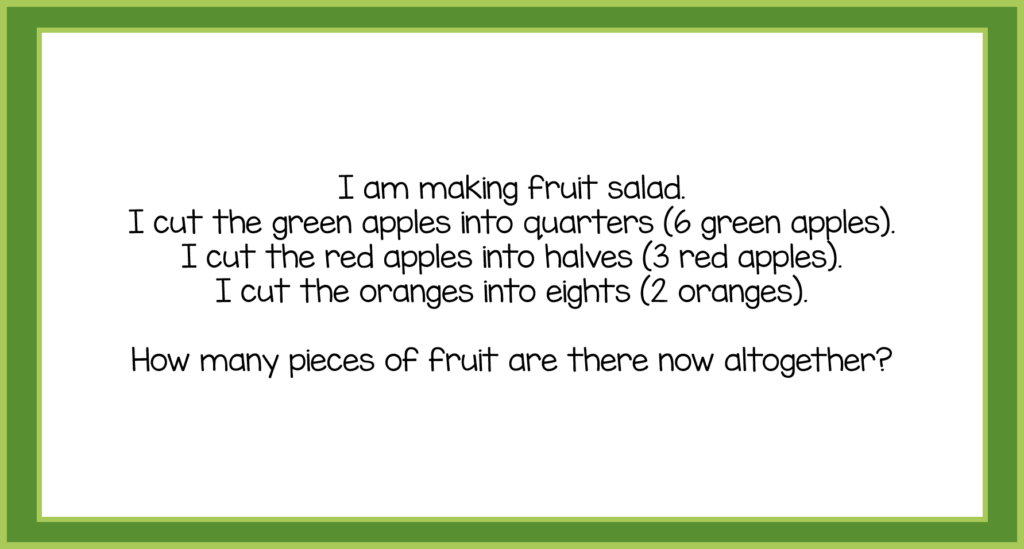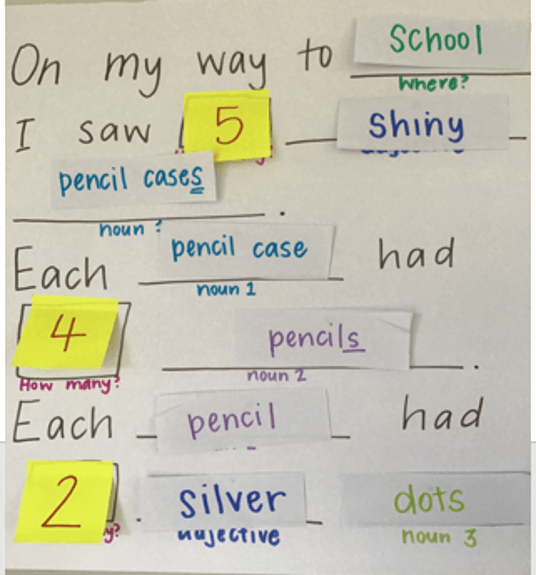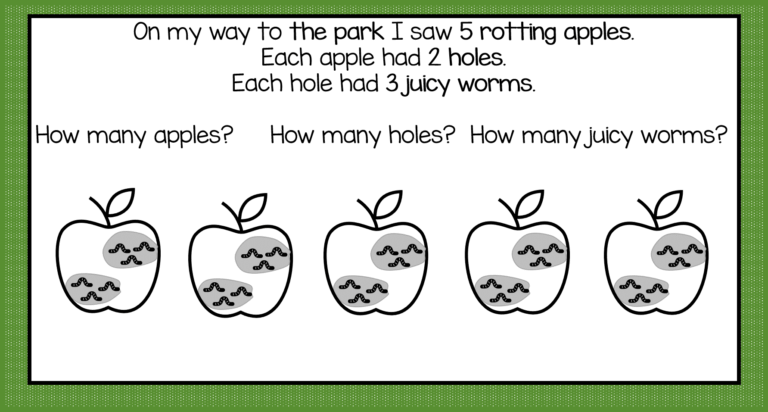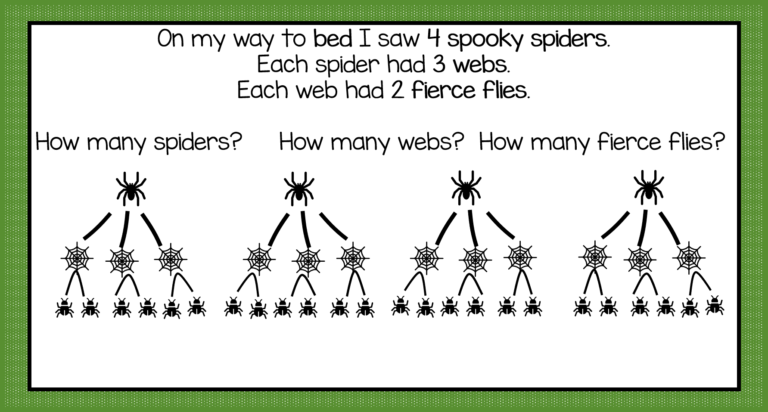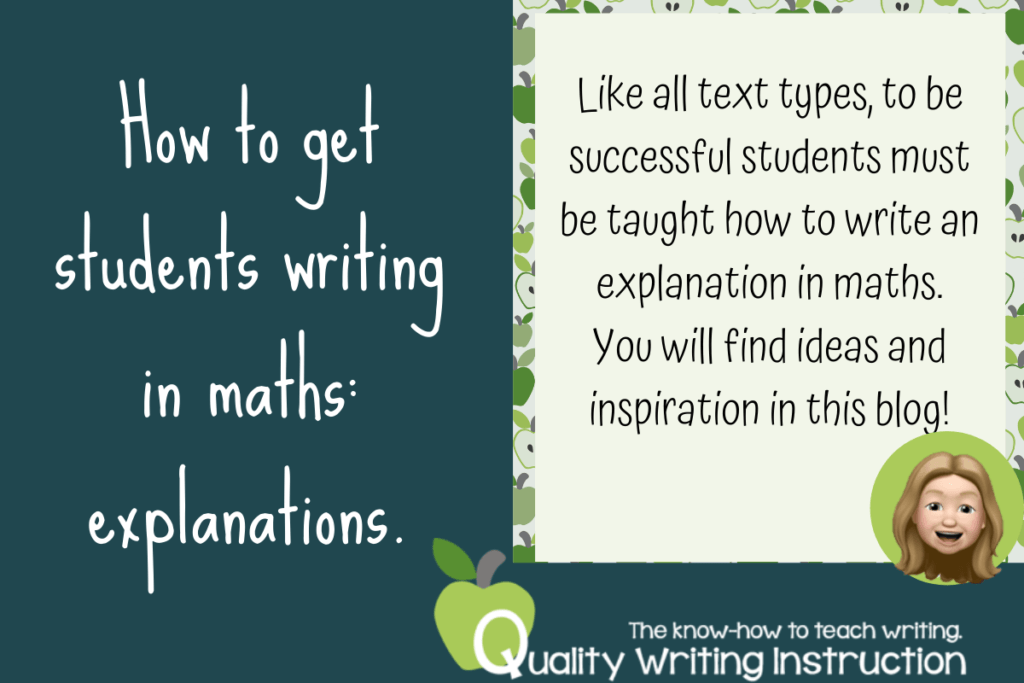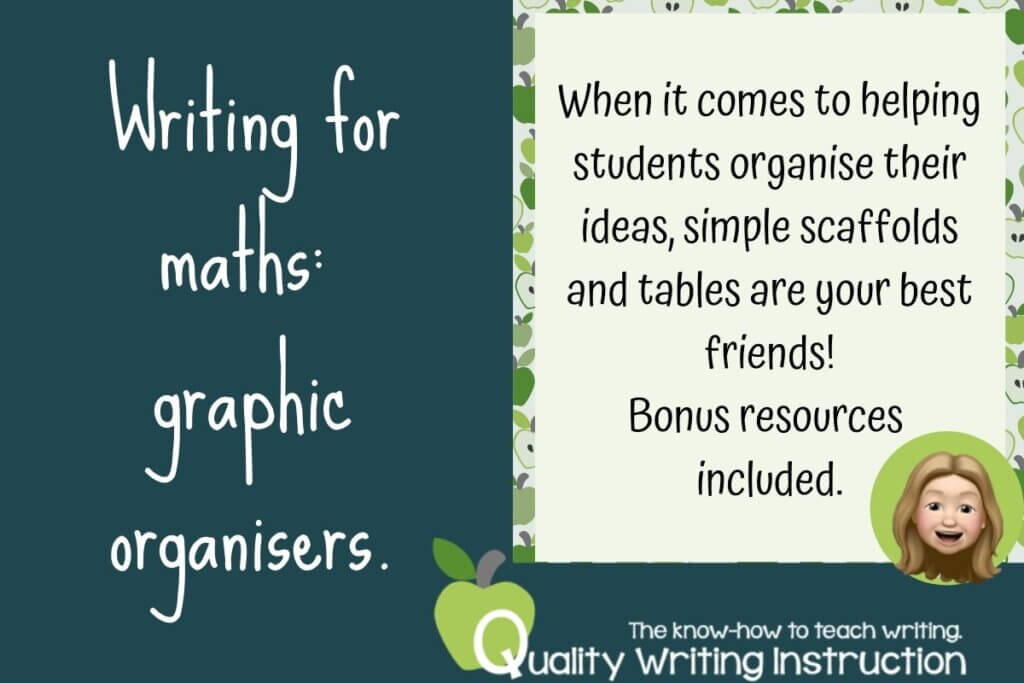How to get students writing in maths: quick writes

By KELLIE
Quick writes, or daily writes, are an integral part of many classroom routines. They are a simple way to encourage students to generate ideas for future stories and to motivate reluctant writers.
Daily writing need not be limited to narrative or recounts though! Using a visual stimulus is a simple way to prompt students to write maths stories or maths problems.
The following examples show how teachers can incorporate maths into daily writing. It is important to remember that students will need scaffolding and practice to achieve this independently.
Daily writing picture prompts
One way to encourage students to write maths problems is through a photo stimulus.
The photo need not be accompanied by an explanation, or even numerals to prompt a maths story.
Encourage students to think “outside the box” and write maths stories from across the strands. Guide students to make the connection between the visual, mathematics and their everyday experiences when writing their maths stories.
- class discussion of the visual prompt
- students write a maths problem
- students share their problem with a partner to solve
- students respond to feedback on their story and make adjustments
- What is the question asking?
- What useful information is given?
- What other information would be helpful?
- What might the answer look like?
A year 5 example: eggs
In this example, a year 5 class wrote maths stories based on the eggs photo prompt.
A number of students wrote addition and subtraction stories reflecting the image but other students branched out using the prompt ‘egg’ more broadly.
Some examples are below.
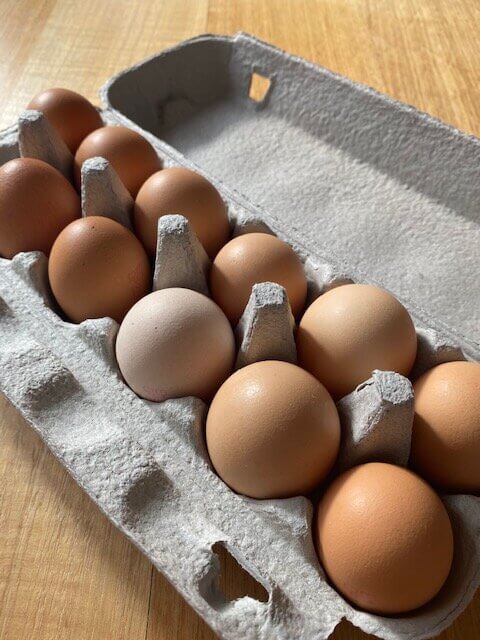
The examples represent the problems after students had shared and received feedback from others. Some amendments are evident in the examples.
A year 3/4 class example: fruit bowl
As writing maths stories had only recently been introduced to the students’ daily writing routine and some students were having difficulty writing ‘solve-able’ stories, the teacher demonstrated how to improve a story.
Together the students identified what was missing from the maths story and why it wasn’t able to be solved.
Using the photograph “Fruit Bowl” below, the class then jointly constructed an “improved” maths story adding enough detail to ensure it could be solved.
Year 2 example: picture book prompt
An oldie but a goodie!
After reading the story ‘Each Orange Had 8 Slices’ by Paul Giganti, Jr, the class co-constructed a number of maths stories following the language patterns in the book and then wrote accompanying questions.
During the modelled lesson, the teacher demonstrated how to use pictures to help solve the problem.
Throughout the next week, students worked in small groups to write maths stories for others to solve.
Each group was asked to accompany their story with a method to assist others to solve the problem.
The completed word problems and supporting illustrations were collated into a maths story book and added to the class library.
We would love to hear from you and learn how you encourage writing in maths. Please join us in The Lounge and share!
“The Lounge” is Quality Writing Instruction’s Facebook group, where you can share ideas and get support from a fabulous group of like-minded teachers.
References:
Giganti, P, 1992, ‘Each Orange Had 8 Slices’, HarperCollins Children’s Books, New York.
Hattie, J, 2017, ‘Visible Learning for Mathematics, Grades K-12 : what works best to optimize student learning’, Thousand Oaks, California : Corwin, a SAGE Company.
